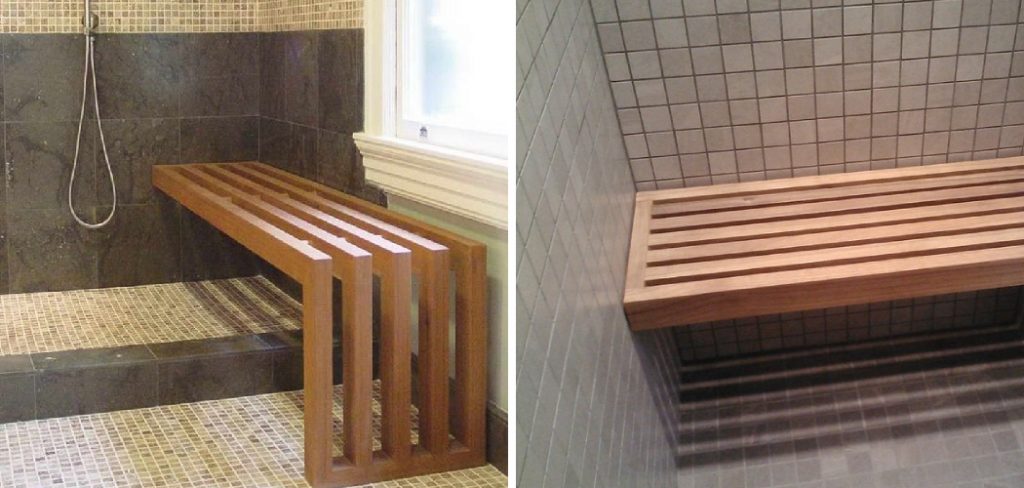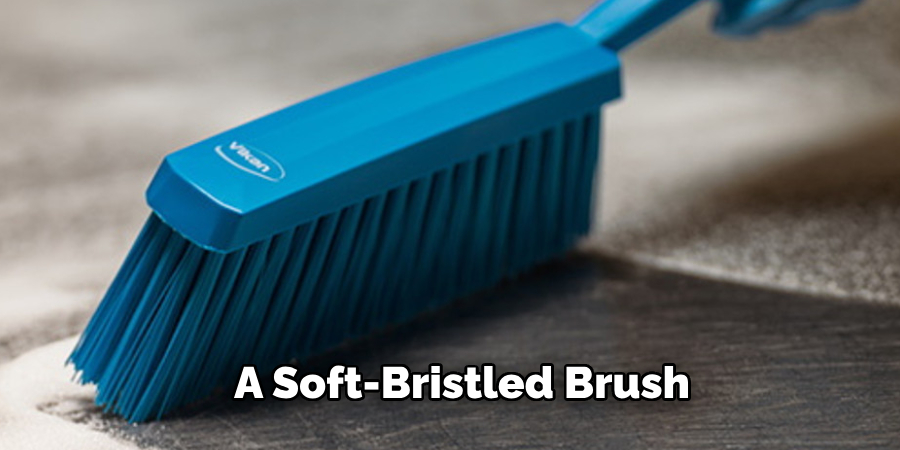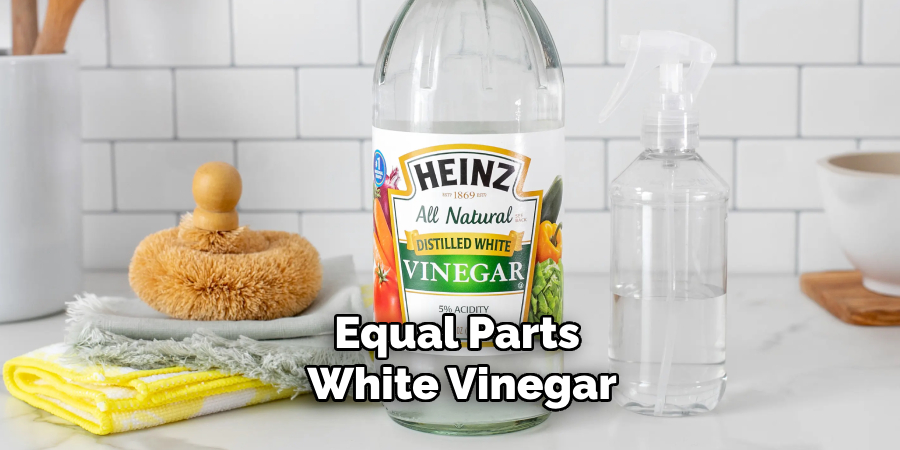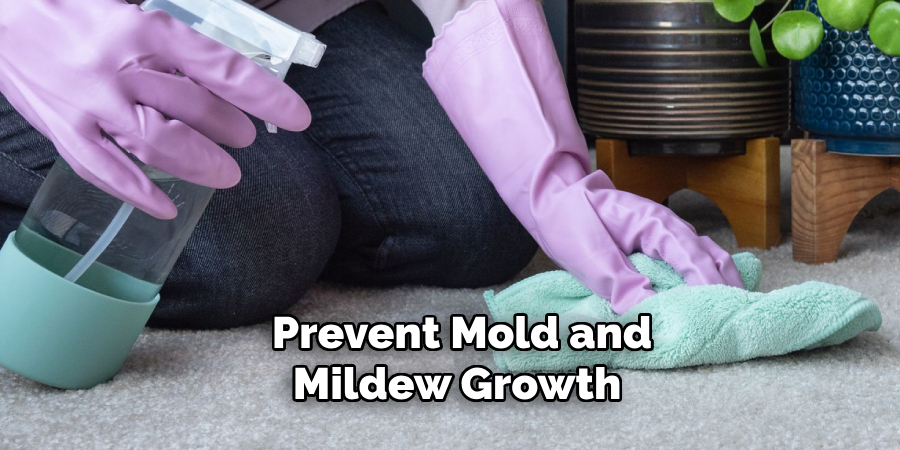Maintaining a teak shower bench is essential for ensuring its longevity and hygiene. Teak wood, known for its durability and natural resistance to moisture, requires regular cleaning to prevent the growth of mold and mildew.

Cleaning the teak regularly preserves its natural beauty and ensures a safe and pleasant bathing environment. When considering how to clean a teak shower bench, it’s important to gather the right materials, including mild soap or a specialized teak cleaner, soft-bristled brushes, and protective gear like gloves.
The cleaning process typically involves preparing the bench, applying the cleaning solution, scrubbing to remove dirt and stains, and finishing with a thorough rinse. This guide will explore each step in detail to help you maintain your teak shower bench, keeping it looking great and extending its lifespan.
Understanding Teak Wood
Characteristics of Teak
Teak wood is renowned for its exceptional durability and natural beauty, making it a highly sought-after material for shower benches. Its density and high oil content grant it a natural resistance to moisture, allowing it to withstand the damp conditions typical of bathrooms.
Additionally, the teak’s ability to resist decay and warping maintains its structural integrity over time. These characteristics make teak a functional choice and allow it to age gracefully, developing an attractive patina as it matures and enhancing its aesthetic appeal.
Teak Maintenance Needs
While teak is a low-maintenance wood, it does require special care to preserve its appearance and functionality. Regular cleaning is essential to prevent mold and mildew buildup, which thrive in humid environments.
Over time, teak can also experience discoloration due to UV exposure and moisture, leading to a faded appearance. To maintain its vibrant color, it’s advisable to establish a cleaning routine and periodically apply teak oil, which supplements its natural oils and protects against stains and environmental elements.
Gathering Supplies
Before embarking on the cleaning process, gathering the right supplies is essential to ensure effective maintenance of your teak shower bench.
Cleaning Materials
The primary items needed include a mild soap or a specialized teak cleaner, which will help safely remove dirt and grime without damaging the wood.
A soft-bristled brush is crucial for gentle scrubbing, while clean cloths or sponges will assist with rinsing and drying. Although optional, applying teak oil can enhance the wood’s natural beauty and protect against moisture. Additionally, white vinegar and baking soda are highly effective alternatives to traditional cleaners for persistent, stubborn stains or mold.

Protective Gear
Taking precautions during the cleaning process is important. Wearing gloves is essential to protect your hands from any harsh cleaning agents or mold exposure. If you are dealing with significant mold or dust, using a mask can safeguard your respiratory health, ensuring a safe cleaning experience. Proper protective gear will enhance your comfort and promote a thorough and worry-free cleaning session.
How to Clean a Teak Shower Bench: Cleaning the Teak Shower Bench
Preparing the Bench
Before starting the cleaning process, clear the bench of toiletries, towels, or other personal items. This step is essential for ensuring all surfaces are accessible and can be cleaned effectively.
Additionally, if the teak surface is wet, use a clean, dry cloth to wipe it down. This will help prevent the dilution of cleaning products when applied and ensure that they work effectively on the wood without being mixed with excess moisture.
Basic Cleaning Process
Mix a small amount of mild soap with warm water in a bucket to begin the basic cleaning process.
Using a soft-bristled brush or a sponge, apply the soapy solution to the teak bench, working in sections to cover the entire surface. Gently scrub the wood to remove any accumulated dirt, soap scum, or residues from products used during showers. Pay special attention to corners and crevices where grime can build up.
After thoroughly scrubbing, rinse the bench with clean water to eliminate any soap residue, ensuring no cleaning agents remain on the surface. A thorough rinse is key to maintaining the quality of the teak wood.
Addressing Mold and Mildew
In areas with mold or mildew, it’s crucial to act quickly to prevent further growth. Begin by identifying spots affected by mold or mildew, which typically appear as dark patches or dull spots on the surface.

Treat these areas using a mixture of equal parts white vinegar and water or a specialized teak cleaner designed for this purpose. Apply the solution to the affected spots, allowing it to sit for a few minutes to penetrate the mold.
Then, using a brush, scrub the areas firmly but gently to lift the mold or mildew from the wood. After scrubbing, rinse thoroughly with clean water to remove all cleaning agents and contaminants. This step helps remove the visible mold and protects the teak wood from future growth.
Removing Stubborn Stains
Create a paste using baking soda and water for tough stains that resist traditional cleaning methods. Apply this paste to the stained areas, ensuring it covers them well. Allow it to sit for a few minutes to penetrate the stains before scrubbing gently. Rinse thoroughly with clean water to remove any residue.
How to Clean a Teak Shower Bench: Drying and Oiling
Drying the Bench
Once the cleaning process is complete, it is essential to dry the teak shower bench properly to prevent moisture retention. Begin by wiping the bench with a clean, dry cloth to remove any remaining water.
It’s important to ensure that no moisture lingers on the surface, as this can lead to mold growth or damage to the wood. After wiping, allow the bench to air dry completely before using it or applying teak oil. Placing the bench in a well-ventilated area will aid in drying, promoting optimal results.
Applying Teak Oil
Applying teak oil is highly beneficial to enhance and maintain the wood’s natural appearance. This step provides a rich, lustrous finish and additional protection against moisture and environmental elements.
To apply the teak oil, start with a clean cloth and pour some oil onto it. Rub the cloth over the bench’s surface, ensuring an even application. Allow the oil to soak into the wood for several minutes, as this will help nourish the teak. After soaking, gently wipe off any excess oil to avoid a greasy appearance, ensuring a beautiful and well-preserved bench.
Preventing Future Issues
Regular Maintenance
Establishing a regular cleaning routine is vital to ensure the longevity of your teak shower bench. Aim to clean the bench monthly or bi-monthly, depending on usage frequency and the environment’s humidity levels. Keeping the bench dry and well-ventilated is crucial in preventing the growth of mold and mildew.

After each use, wipe down the surface to remove excess moisture, and consider leaving the bench uncovered to allow for proper air circulation. This proactive approach helps maintain the bench’s quality and appearance while reducing the risk of more significant cleaning challenges in the future.
Long-Term Care
In addition to your regular maintenance routine, consider applying a teak sealant or protectant periodically. These products provide an extra layer of defense against moisture, stains, and the damaging effects of UV exposure.
When selecting cleaners or sealants, opt for those specifically formulated for teak wood to avoid harsh chemicals or abrasive solutions that can erode the surface and compromise its integrity.
A mindful approach to care and maintenance enhances the beauty of your teak shower bench and extends its lifespan, ensuring it remains a functional and attractive element in your bathroom.
Frequently Asked Questions
1. How Often Should I Clean My Teak Shower Bench?
It is recommended to clean your teak shower bench monthly or bi-monthly, depending on usage and humidity levels. Regular cleaning helps prevent mold and mildew growth and maintains the wood’s appearance.

2. Can I Use Regular Household Cleaners on My Teak Shower Bench?
No, it is best to avoid harsh household cleaners as they can damage the wood. Instead, opt for mild soap or specialized teak cleaners formulated specifically for wood care.
3. How Do I Know if My Teak Bench Needs Oiling?
If your teak shower bench appears dull or dry, it is likely time to apply teak oil. Oiling helps restore the wood’s natural luster and protects against moisture and environmental factors.
4. What Can I Do About Stubborn Stains on My Teak Shower Bench?
A paste made from baking soda and water can be effective for tough stains. Apply this paste to the stained areas, let it sit for a few minutes, gently scrub, and rinse thoroughly to remove any residue.
Conclusion
In summary, understanding how to clean a teak shower bench involves several crucial steps that ensure its longevity and aesthetic appeal. Begin by preparing the bench and executing a thorough basic cleaning process, then addressing mold or mildew issues. Creating a baking soda paste can effectively restore the surface of stubborn stains.
After cleaning, ensure proper drying and apply teak oil to nourish and protect the wood. Regular maintenance and long-term care, including the use of specialized sealants, are essential for preserving the quality of your teak shower bench.
By diligently following the outlined steps, you can achieve optimal results that enhance your bench’s beauty and functionality. Proper care keeps your teak looking its best and extends its life, making it a durable and attractive feature in your bathroom for years to come.
About the Author
Adrian Green, a lifelong woodworking enthusiast, shares his passion for the craft through The Woodenify Blog. With a foundation built on years of hands-on experience in his father’s woodworking shop, Adrian is dedicated to helping others learn and grow in the world of DIY woodworking. His approach to woodworking combines creativity, practicality, and a deep appreciation for the art of building with your own hands. Through his blog, he inspires individuals of all skill levels to embark on their own woodworking journeys, creating beautiful, functional pieces of furniture and décor.
Professional Focus
- Specializes in DIY woodworking projects, from furniture to home décor.
- Provides step-by-step guides and practical tutorials for woodworkers of all skill levels.
- Dedicated to helping readers build confidence and skill through easy-to-follow instructions and tips.
- Passionate about fostering a community of makers who can share, learn, and grow together.
Education History
- University of Craft and Design – Bachelor of Fine Arts (BFA) in Woodworking and Furniture Design
- Woodworking Apprenticeships – Extensive hands-on training with skilled craftsmen to refine carpentry and furniture making techniques.
- Online Courses & Masterclasses – Continued education in advanced woodworking techniques, design principles, and specialized tools
Expertise:
- DIY woodworking, carpentry, furniture making, and home décor projects.
- Creating accessible tutorials and guides for beginner to advanced woodworkers.
- Sharing the joys and satisfaction of woodworking, from raw materials to finished products.
